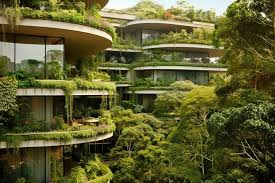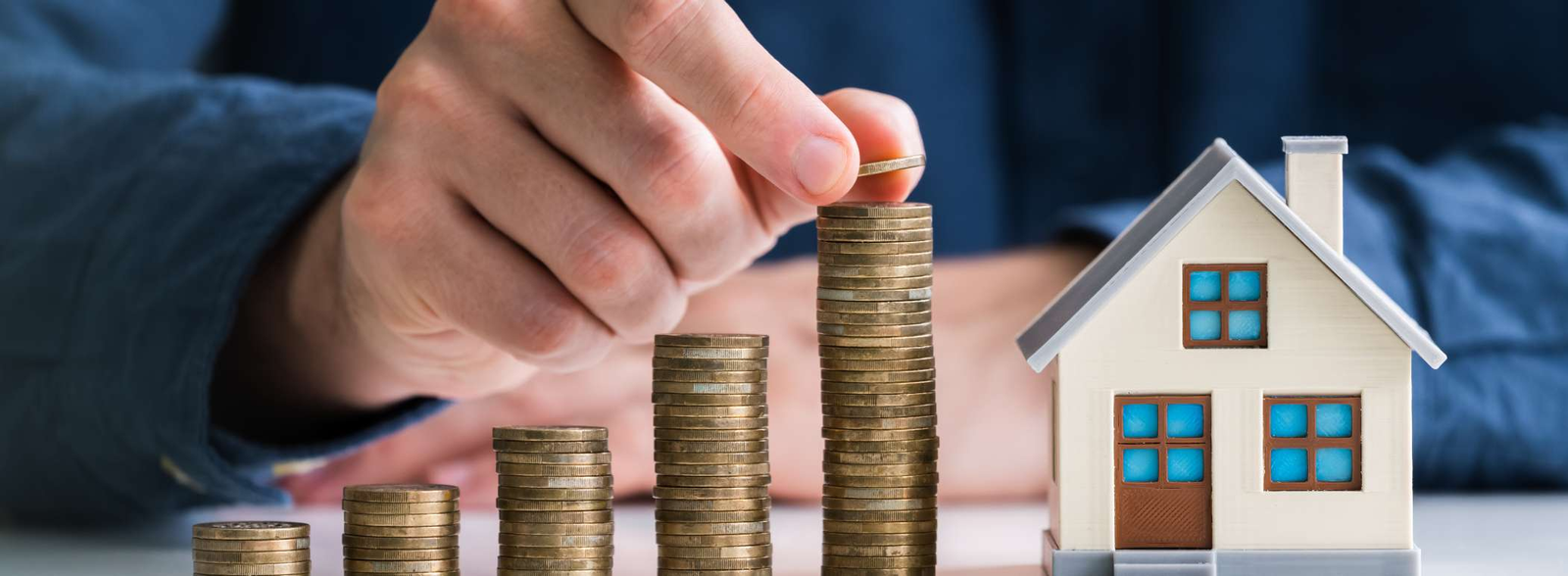Now Reading: 10 Sustainable Home Upgrades That Save You Money and Energy
-
01
10 Sustainable Home Upgrades That Save You Money and Energy
10 Sustainable Home Upgrades That Save You Money and Energy

In today’s world, more homeowners are looking for ways to make their homes eco-friendly and energy-efficient. Sustainable home upgrades not only help protect the environment but also save money on utility bills and increase property value. Whether you plan to stay long-term or sell your house in the future, investing in green improvements is a smart choice. Here, we explore some of the best sustainable home upgrades that pay off.
Why Choose Sustainable Home Upgrades?

Sustainability means using resources wisely and reducing waste. When you upgrade your home with eco-friendly materials or technologies, you reduce your energy use, water consumption, and carbon footprint. Many of these upgrades also come with government rebates or tax credits, making them more affordable.
Besides environmental benefits, sustainable upgrades can:
- Lower your energy and water bills
- Improve indoor air quality and comfort
- Increase your home’s market value
- Make your home more attractive to buyers
Top Sustainable Home Upgrades That Save Money and Energy

1. Install Solar Panels
Solar panels are one of the most popular sustainable home upgrades today. By capturing sunlight and converting it into electricity, solar panels can drastically reduce your dependence on the grid. In many cases, homeowners save hundreds or even thousands of dollars per year on electricity bills.
Installing solar panels often qualifies for tax incentives or rebates, which lowers upfront costs. Plus, many solar systems increase your home’s value and attract eco-conscious buyers.
2. Upgrade to Energy-Efficient Windows
Old windows can be a major source of heat loss or gain, making your heating and cooling systems work harder. Replacing single-pane windows with double or triple-pane energy-efficient windows can reduce drafts and improve insulation.
Energy-efficient windows help keep your home warmer in winter and cooler in summer, lowering your energy bills. They also reduce noise pollution and increase natural light, making your home more comfortable and inviting.
3. Improve Insulation
Proper insulation is key to maintaining a stable indoor temperature and reducing energy waste. Upgrading your attic, walls, and floors with eco-friendly insulation materials, like recycled denim or cellulose, keeps your home energy-efficient year-round.
Good insulation lowers heating and cooling costs, and it’s a relatively low-cost upgrade with a quick return on investment.
4. Switch to a High-Efficiency HVAC System
Heating, ventilation, and air conditioning (HVAC) systems account for a large portion of home energy use. Replacing an old, inefficient system with a modern, energy-efficient model can reduce energy consumption significantly.
Look for HVAC units with ENERGY STAR certification to ensure top performance. Also, consider smart thermostats that optimize heating and cooling schedules to save more energy.
5. Install Water-Saving Fixtures
Water conservation is another important aspect of sustainable living. Installing low-flow showerheads, faucets, and toilets helps reduce water usage without sacrificing comfort.
Water-saving fixtures can lower your water bills and reduce strain on local water supplies. Some models come with rebates, making them a cost-effective upgrade.
6. Use Sustainable Flooring Materials
If you are renovating, choosing eco-friendly flooring can make a big difference. Materials like bamboo, cork, reclaimed wood, or recycled tiles are sustainable options that look beautiful and last long.
Sustainable flooring reduces environmental impact while adding unique style to your home. Plus, many buyers appreciate natural and green materials.
7. Add Smart Home Technology
Smart home devices help you monitor and reduce energy use efficiently. Smart plugs, lighting systems, and energy monitors let you control devices remotely and track consumption patterns.
Using smart technology can lower your utility bills and increase convenience. It’s a modern upgrade that also appeals to tech-savvy buyers.
8. Plant Trees and Create Green Spaces
While not a direct home upgrade, landscaping with trees and plants provides natural shade, reduces heat in summer, and improves air quality. Trees can lower cooling costs by shading your house and creating a cooler environment.
Green spaces also improve the curb appeal and overall value of your property.
How Sustainable Upgrades Affect Home Value

Many studies show that sustainable home improvements increase resale value. Buyers today are more aware of energy costs and environmental impact, so homes with green features sell faster and at higher prices.
According to the National Association of Realtors, 63% of buyers are willing to pay more for energy-efficient homes. Upgrades like solar panels, energy-efficient windows, and smart technology add real value, making your investment worthwhile.
Getting Started: Tips for Sustainable Home Upgrades
- Assess your home’s needs: Conduct an energy audit to identify where improvements are needed.
- Set a budget: Some upgrades cost more upfront but save money over time.
- Look for incentives: Check federal, state, and local rebates or tax credits.
- Hire certified professionals: Use experienced contractors who specialize in green building.
- Plan for the future: Consider upgrades that add long-term value and savings.
Final Thoughts
Sustainable home upgrades offer a win-win solution: they help protect the planet while saving money and increasing your home’s worth. From solar panels to smart thermostats and water-saving fixtures, there are many ways to make your home greener.
Whether you want to reduce monthly bills or increase resale value, investing in sustainable improvements is a smart choice. Start small or plan a full eco-friendly renovation — either way, your home and wallet will thank you.
Read More:- Shobha Realty Launches Its Most Luxurious Project Yet—Full Details Inside 2025





















